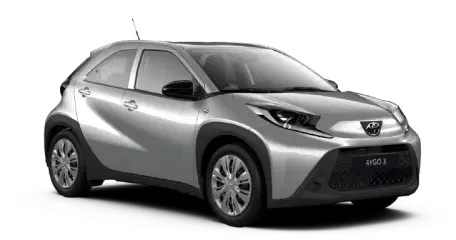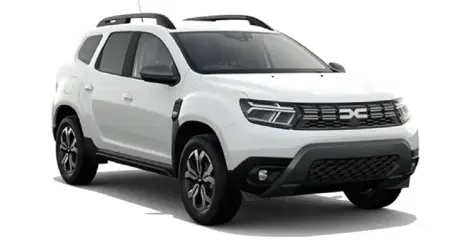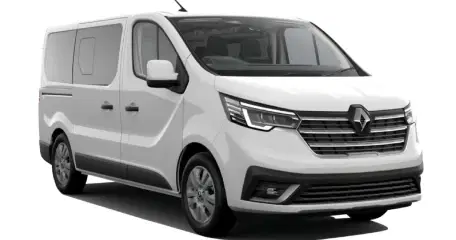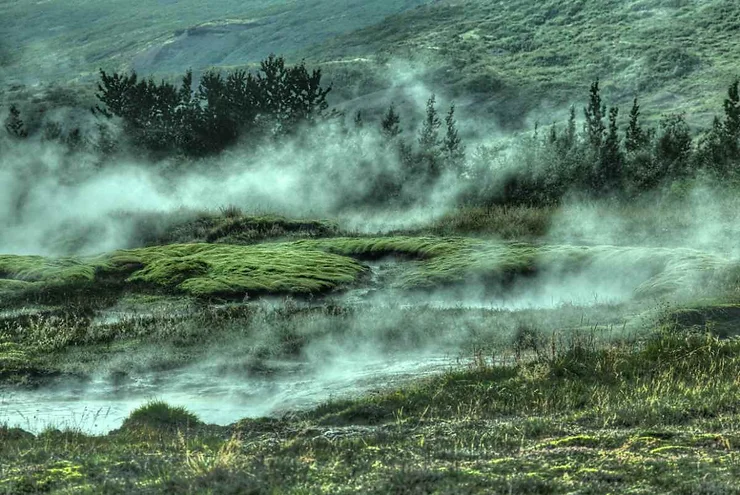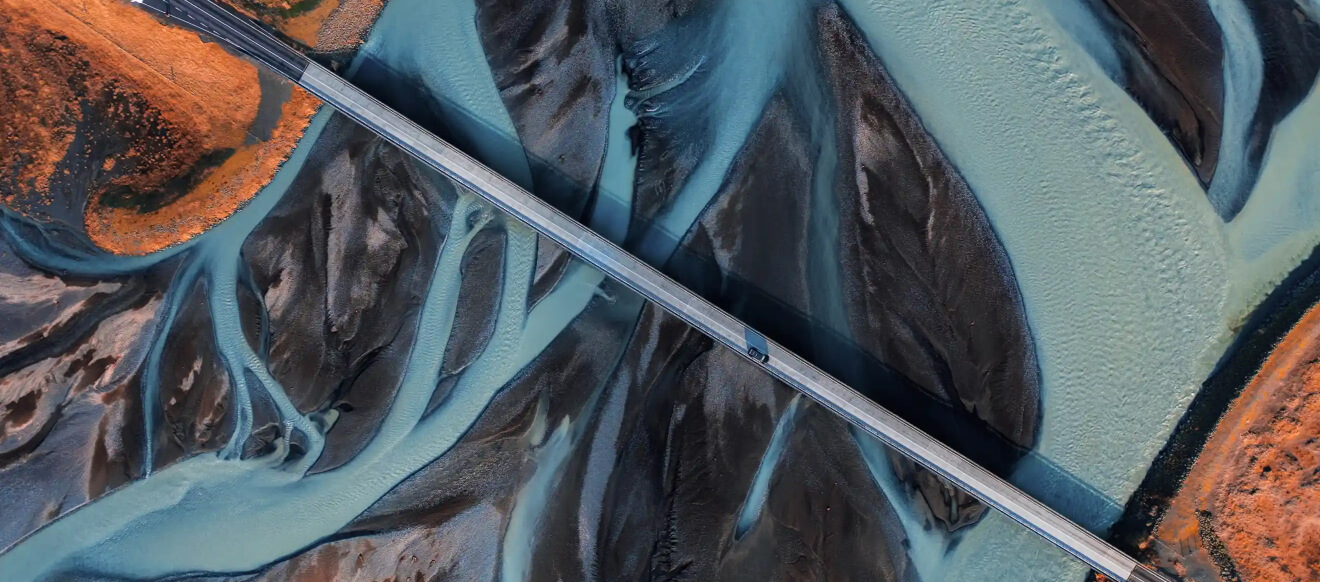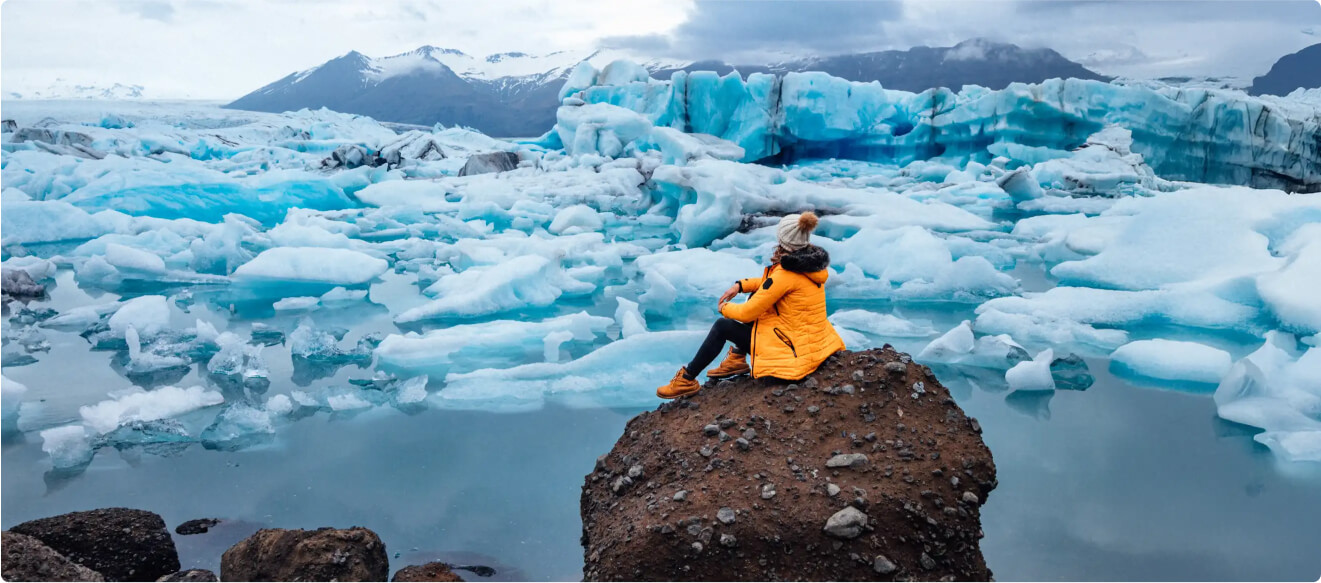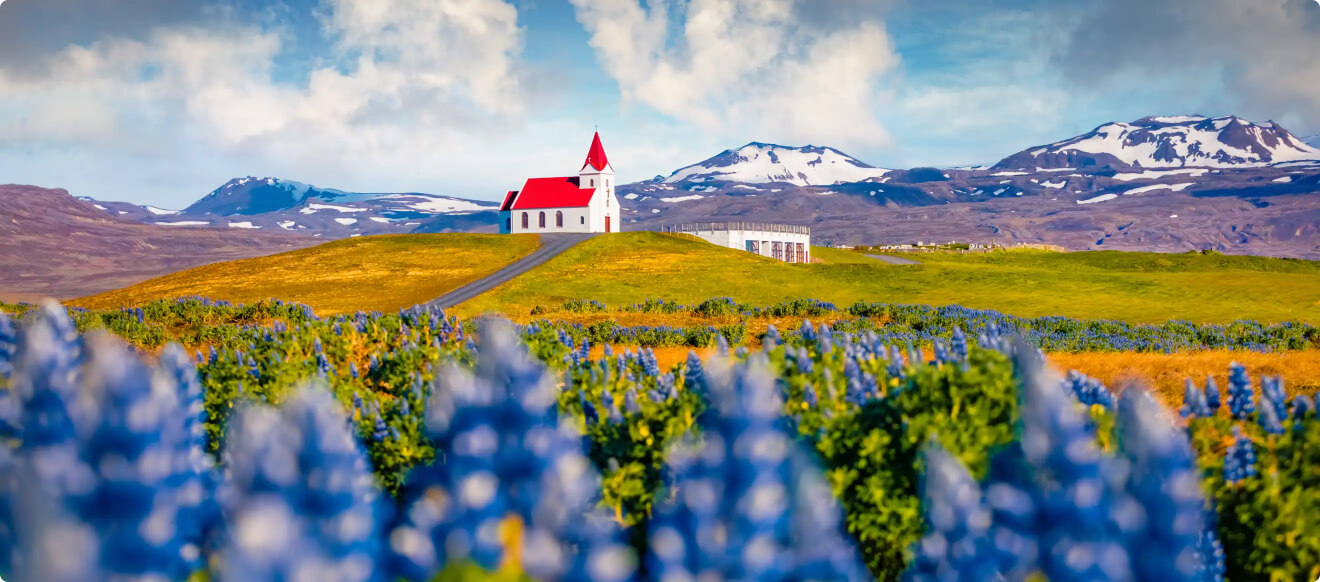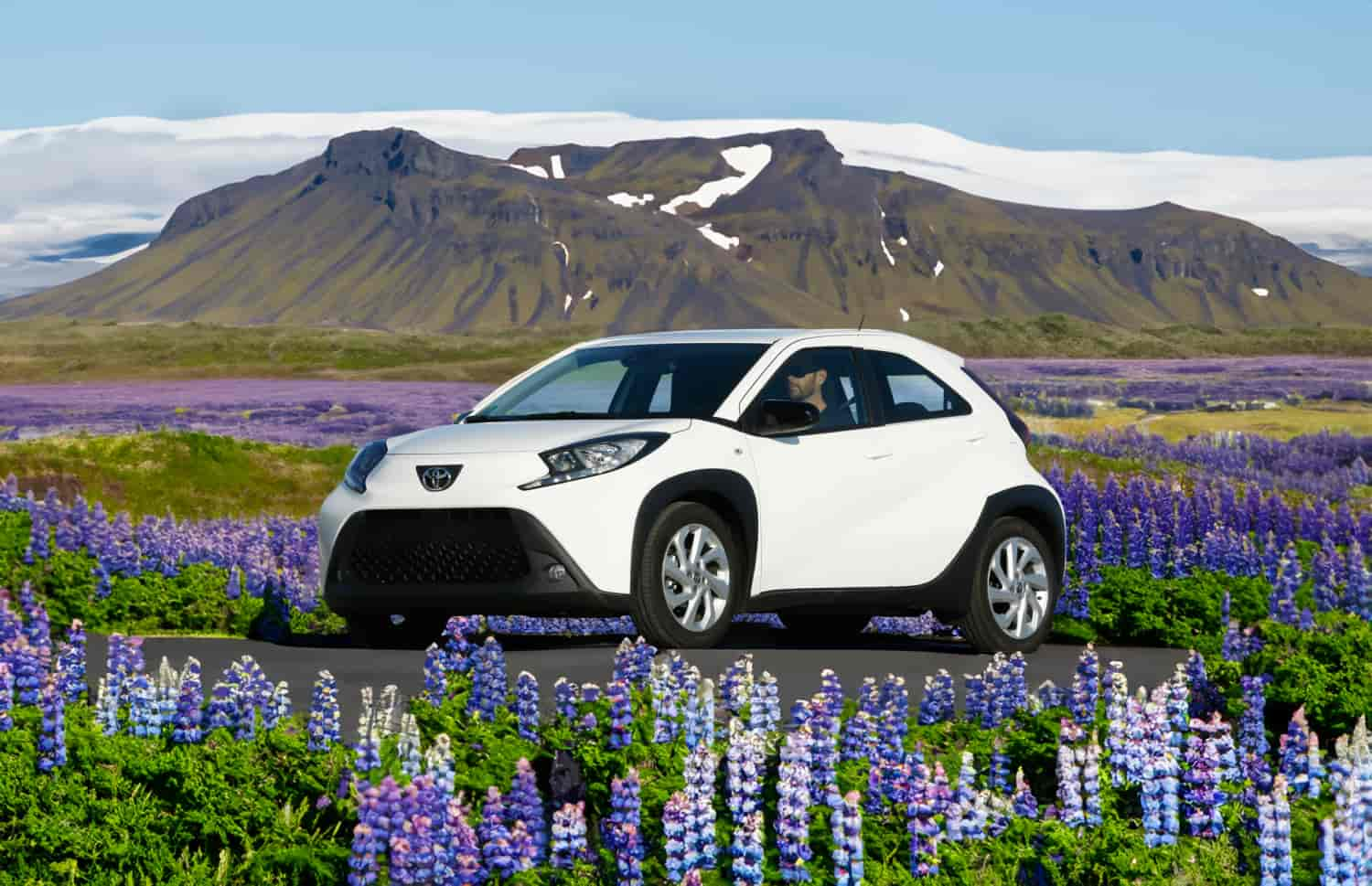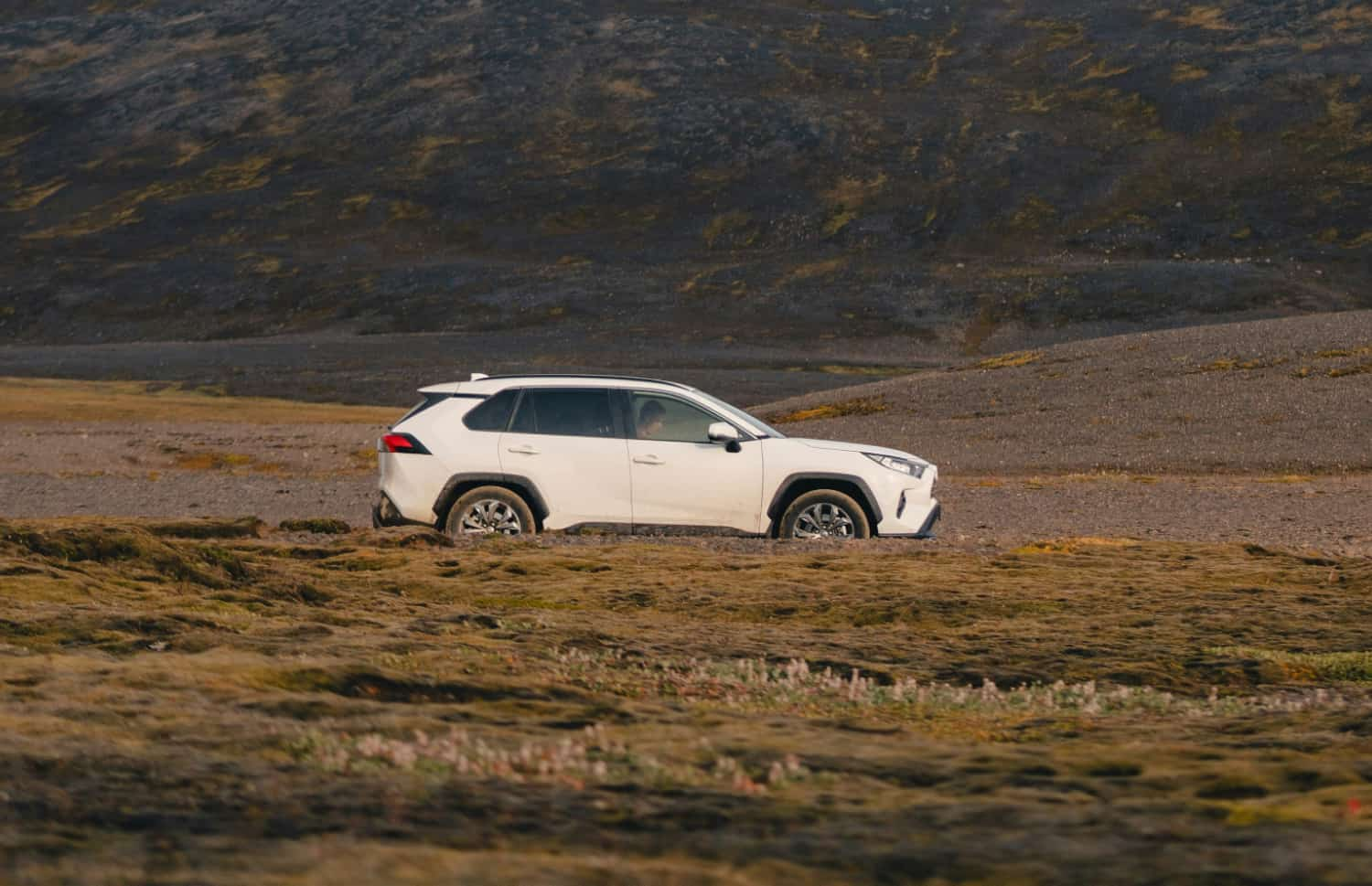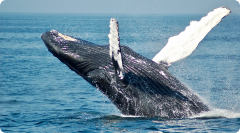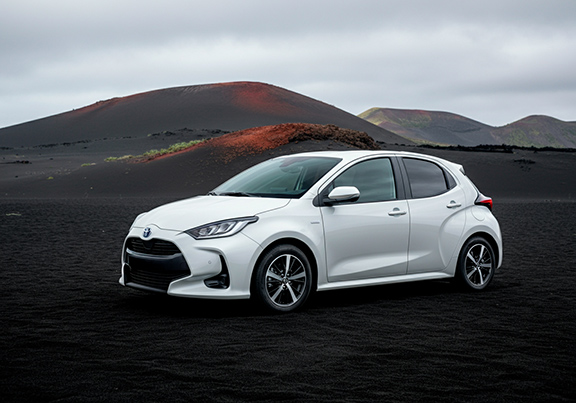For most around the world, it will be strange that the trees in Iceland can be a topic for discussion. But except for the fact that many have a false perception of what Iceland is like (you’ll be surprised how many confuse it with the endlessly icy expanse of Antarctica), Iceland is also a country that has felt the effects of devastating deforestation.
When exploring Iceland's history of trees, it becomes clear why questions about the presence of trees and forests in Iceland are not uncommon. In this article, we will provide you with information about Iceland's vegetation, both in the past and present.
Are There Trees in Iceland?
Yes. Iceland's primary trees are birch, willow, and rowan. Despite reforestation efforts to boost tree numbers, its terrain is mainly grasslands and low vegetation, with mosses playing a significant role in the landscape.
The Types of Trees in Iceland
Although Iceland boasts numerous species of vegetation today, it’s only 5 types of trees that are native to the island. These are:
Downy Birch (Betula Pubescens if you want to sound fancy)
The Downy Birch trees are the most common here on the island, and probably why it’s Iceland’s national tree. This is probably because this species is tough as nails and can survive the harshest of conditions.
They are very tall trees, reaching heights of 10 to 20 meters tall. These types of trees play a big role in an environment; they provide food and shelter for insects and animals and have many other interesting uses, such as the fact that they make great charcoal for art purposes.
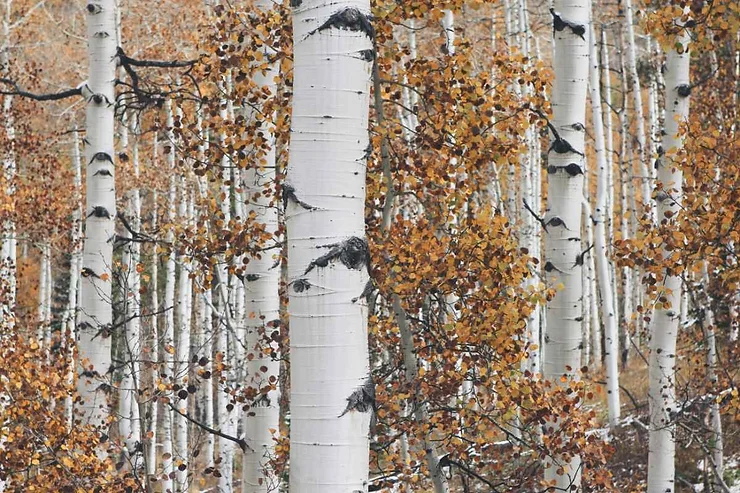
Common Juniper (Juniperus Communis if you want to sound fancy)
This is an interesting tree since it’s known to produce Juniper berries, yet they are not berries at all. They are actually seed cones. This tree is also referred to as a shrub, which some might find odd since they can grow fairly tall (between 10 and 16 meters).
You’re more than likely to find these trees in the mountains, where temperatures are cooler. Except for the normal wood-related uses, juniper berries are a favorite when it comes to cooking, especially when it comes to game meat.
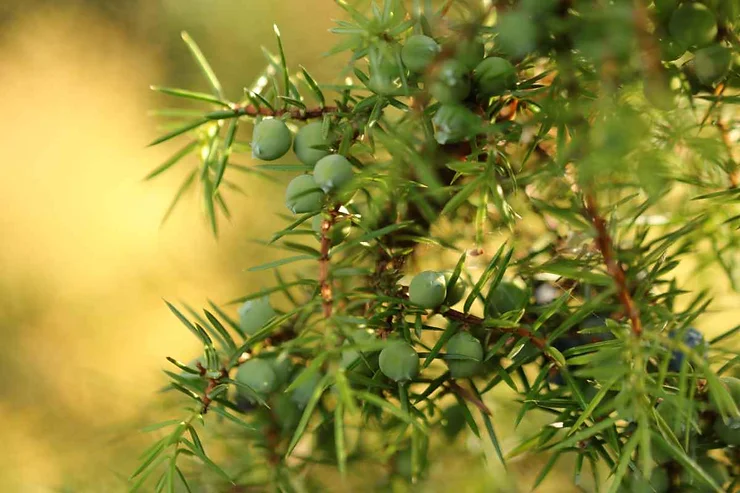
European Aspen (Populus Tremula if you want to sound fancy)
Although native to the island, these trees are a rare sight, and also prefer the areas/regions with cooler temperatures. These trees are an incredibly impressive sight, though. They are both staggeringly thick and tall, easily clocking in at 10 meters wide and 40 meters tall. They are made even more impressive with their beautiful lush, green leaves and grey and green bark.
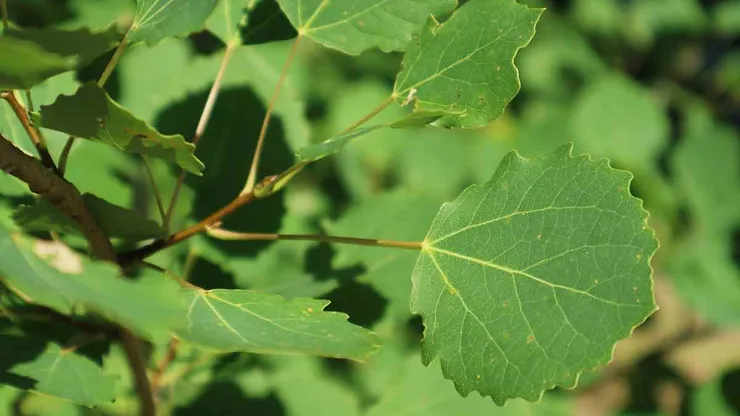
Rowan (Sorbus Aucuparia if you want to sound fancy)
This is yet another native tree that is quite rare to see. Unlike some of its other native tree siblings here on the island, this tree type needs more favorable and forgiving conditions to grow and thrive.
Rowan trees reach heights of between 5 and 15 meters (so definitely not the tallest trees here on the island). They are also one of the few trees that produce flowers. These small yellow-white flowers ripen and turn into small red pomes. These fruits are an incredibly important source of food for birds.
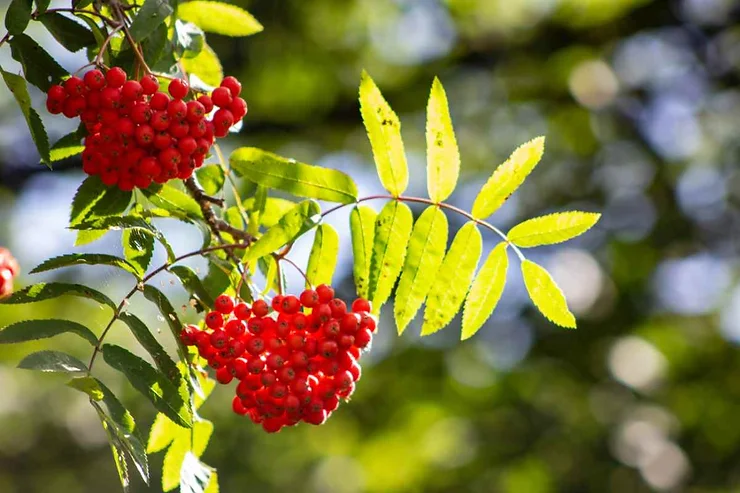
Tealeaf Willow (Salix Phylicifolia if you want to sound fancy)
The Tea-leaved Willow absolutely thrives in wet conditions, which explains why it flourishes here on the island. These trees are very intriguing since they can either grow into a tree of up to 9 meters tall or turn into what can only be described as a shrub that reaches a mere 0.5 meters.
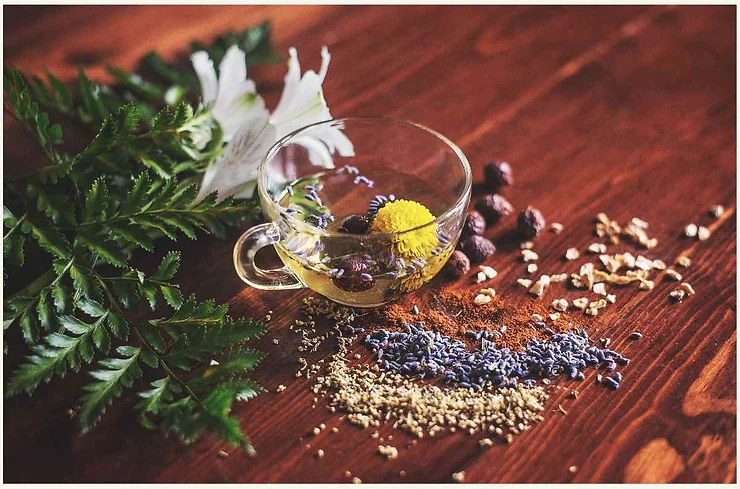
Why Are There No Trees in Iceland?
Iceland's scarce tree population is due to early settlers extensively cutting them for charcoal, tools, houses, and ships. The harsh Icelandic environment hindered regrowth. A major obstacle to reforestation has been sheep grazing, which prevents young trees from thriving.
How Did Iceland Lose its Forests?
Well, there are various reasons why there are so few local trees on the island today and the majority of the island consists of rocky or barren fields:
The Climate Changed
Research tends to point out that the reason Iceland once had so many trees was because it once had a much warmer climate. But it was certainly not just a change in overall weather conditions in Iceland that led to the dwindling vegetation on the island.
Settlers
Once the settlers arrived on the island, the country still boasted with 40% of its landmass consisting of forests. But these new settlers (and the soon ever-growing number of settlers) soon needed houses, boats, fire, etc., and the devastating effects of Iceland’s deforestation were soon felt.
Volcanic Activity
Add continuous volcanic eruptions over centuries, during which red-hot lava flowing across the land devoured everything in its path, and you end up with a pretty powerful recipe for why there are so few trees in Iceland.
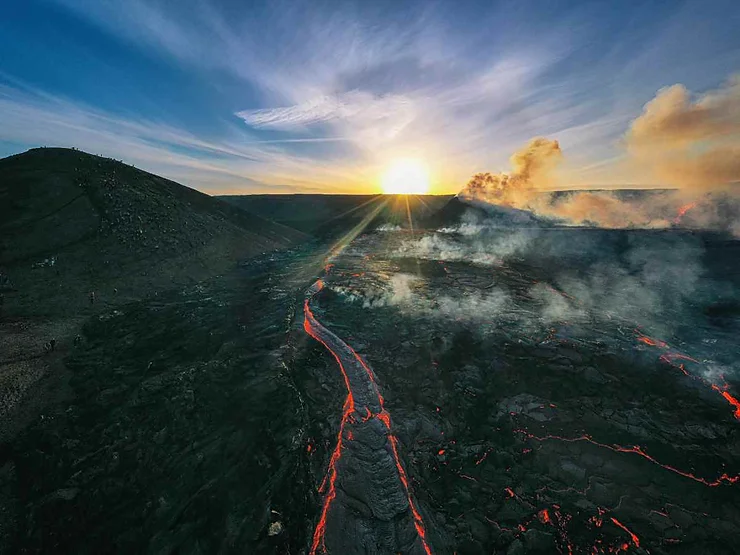
Iceland Reforestation Efforts
As you can imagine, such severe deforestation has quite a detrimental environmental impact and is the reason why reforestation efforts are ongoing here on the island. One of the biggest contributors to these efforts is Mossy Earth. Their aim is to restore as much of the native vegetation as possible and see the return of Birchwood forests to the island.
To date, they have managed to plant over 60,000 trees and they are not planning on stopping any time soon. Not only will the reforestation of Iceland benefit the overall ecosystem of the country, but it will play an integral part in providing a habitat for the native birdlife, as well as acting as (much-needed) windbreakers to ease the erosion of soil.
Forests in Iceland Today
So, are there forests in Iceland today? Absolutely! And whilst they may no longer cover 40% of Iceland’s landmass, they are definite favorites among both visitors and locals for a variety of reasons. Some of the most well-known Icelandic forests are:
Hallormsstadaskogur National Forest
Hallormsstadaskogur National Forest in East Iceland was actually Iceland’s first official national forest. It is conveniently located close to Egilsstadir and the 750 hectares offer visitors 40 kilometers of hiking trails, 85 different species of trees, and an abundance of Iceland animals and wildlife.
This is also a much-loved spot for mushroom and berry picking, and if you get thirsty, you can fill a flask of pure water at one of the many active glacial streams.
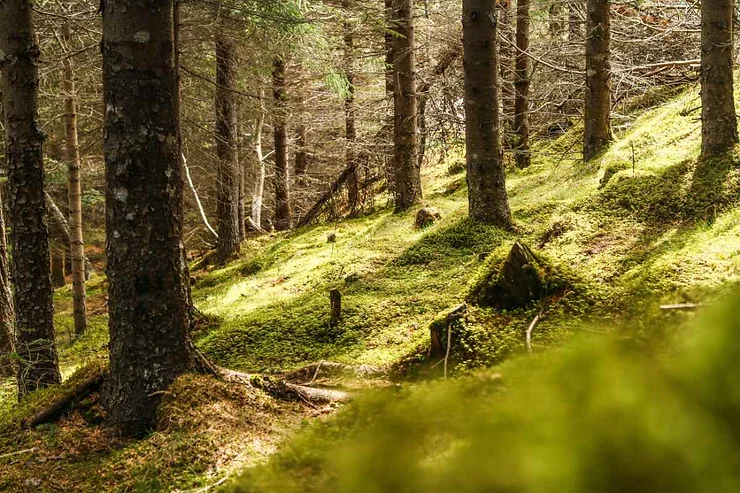
Kjarnaskogur
Kjarnaskogur lies in the north of Iceland, close to Akureyri (what is known as the capital of the north). The 600-hectare forest has seen more than a million different trees planted in the past 50 years, and the ultimate goal was for Kjarnaskogur to completely envelope Akureyri.
Today the forest is an outdoor family’s dream with hiking and biking trails, picnic spots, playgrounds, a bird hide, and a volleyball course. During the winter, you can also go skiing and snowboarding.
View this post on Instagram
Oskjuhlid Hill and Woodlands
This forest can actually be found in the capital city of Reykjavik, surrounding the popular Perlan museum. When looking at the forest today with its 80 different species of trees, it’s hard to believe that a hundred years ago, the land was nothing more than rock and gravel. Except for beautiful views over Flaxafloi Bay, it also offers visitors hiking and biking trails to enjoy.
View this post on Instagram
Heidmork Forest
Heidmork is yet another forest conveniently located close to Reykjavik. In fact, if you catch the number 5 bus from the capital, it will take you straight to the forest. Here you can hike, cycle, cross-country ski, and much more.
View this post on Instagram
Skogar Forest
Skogar Forest can be found on the south coast of Iceland, just off the Ring Road, and is home to the famous Skogafoss Waterfall. Skogar actually means ‘forest’ and this is one of the few original forests that are left from the days of the Viking settlers.
View this post on Instagram
Vinaskogur aka The Friendship Forest
Vinaskogur is on the way to Thingvellir National Park and is more of a garden than an actual forest. The fact that it’s so close to Thingvellir is no coincidence. Where Thingvellir was once home to the Alpingi (parliament), the garden was meant to serve as a reminder of the importance of connection, friendship, and peace. Today, many dignitaries visiting the island plant a tree there as a symbolic gesture of its friendship with Iceland.
View this post on Instagram
Vaglaskogur Forest
This 300-hectare forest can be found in the Fnjoskadalur Valley in north Iceland (also very close to Akureyri). It is beautiful at Vaglaskogur with its mountains and river where you can go (salmon fishing). There are various hiking trails, and you can opt to stay over at the camping site just across the road if you’d like some more time here.
Ver esta publicación en Instagram
Asbyrgi Canyon
We know – a forest is not really the first thing to jump to mind when talking about canyons. But this forest nestled between the 3.5 kilometer-canyon’s 100-meter-high cliffs is probably one of the most serene places you’ll ever visit. In the summertime, this is also a very popular spot to go check out the flowers as buttercups and other meadow flowers are in bloom. Here, you will also find numerous hiking trails to choose from.
View this post on Instagram
Consider the Myths Regarding the Trees in Iceland Officially Busted
Did Iceland have trees? More than you can ever imagine. Does Iceland have trees today? Yes. They may not be as much as they once were, but this is slowly changing as reforestation efforts in Iceland continue.
But not only does Iceland have trees, we have plenty of forests that allow you to go hiking, bird-watching, cycling, and much, much more. So, why not rent a car in Iceland and visit some of the woodlands mentioned in this article? Visiting some of these beautiful and lush forests will leaf (couldn’t resist) those back home green with envy.





